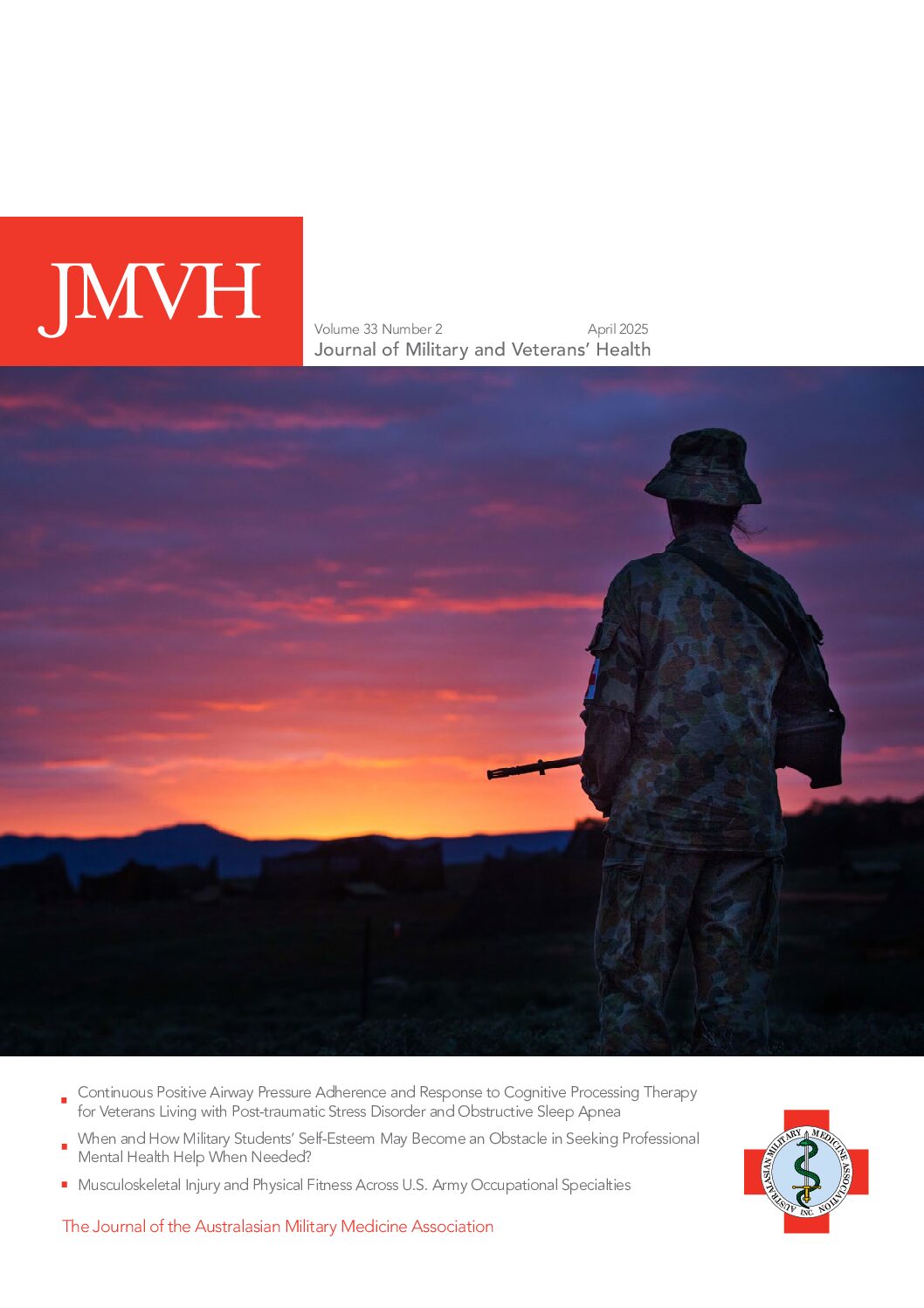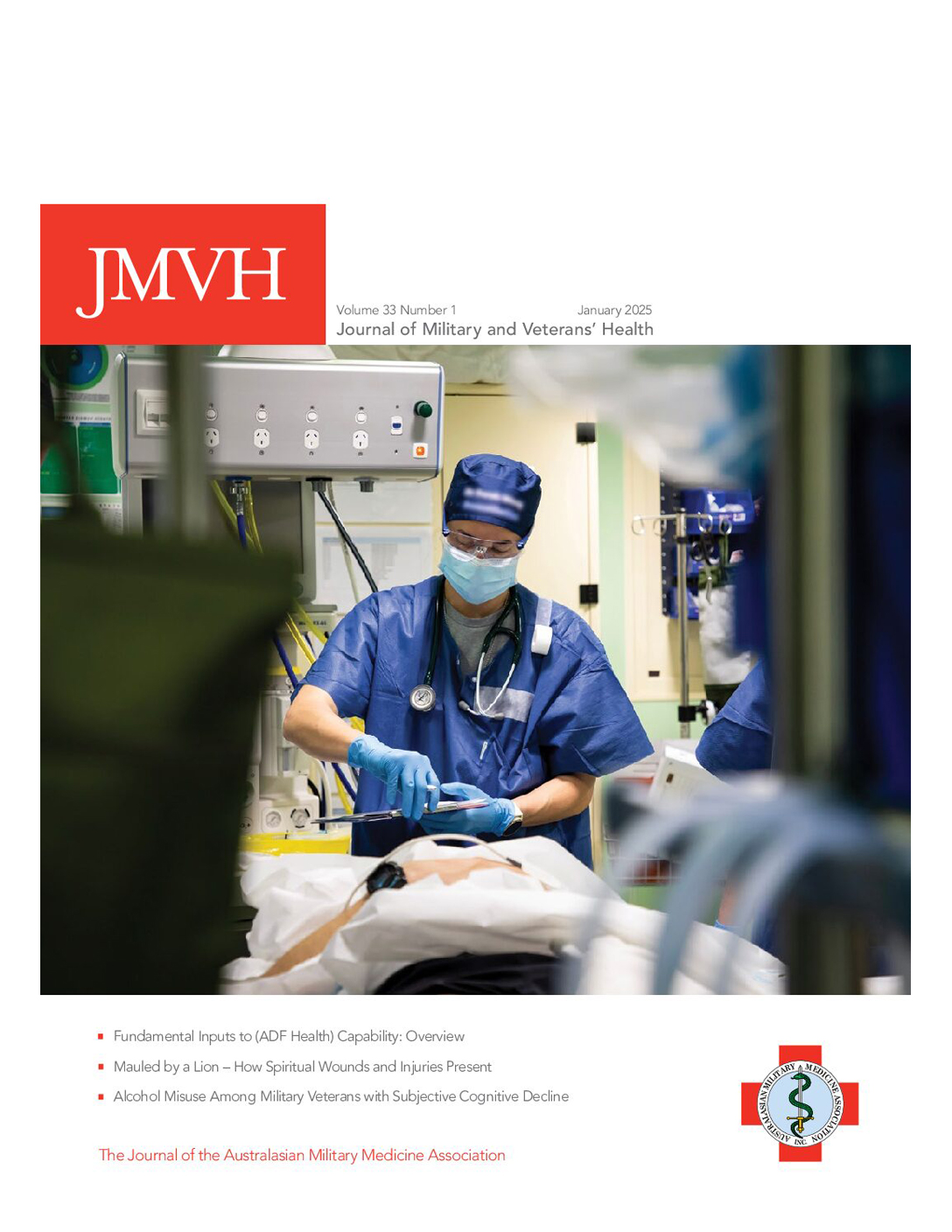DavidAndr
ABSTRACT
Thermobaric munitions are those munitions that, by design, produce more heat and overpressure than conventional explosives by exploding a vapour in the blast zone. Their main use initially was in airborne fuel-air explosive bombs. Whilst the United States has concentrated on airborne weapons, Russia has produced thermobaric weapons and warheads, from airborne bombs to rifle grenades.
Their medical effect is principally primary blast and they affect organs where there is a tissue interface of varying densities, such as the lungs, bowel and inner ear. Damage manifests itself in the severity and onset of occurrence, depending on distance from the blast and orientation of the victim, and can be diagnosed by simple investigative techniques.
This paper was originally written as a presentation for the Australian Military Medical Association Annual Conference in October 2001 and was displayed as a poster at the Defence Health Symposium in 2002.
INTRODUCTION
Thermobaric munitions are those weapons that are designed to produce enhanced temperature and pressure compared to conventional explosives and are often referred to as fuel-air explosives (FAEs). They produce a much greater incidence of primary blast injury than conventional explosives and this is their main mechanism of injury
This first part of this paper will discuss the history, design, and weapons employed to deliver thermobaric munitions. The second will discuss the medical effects and treatment, concentrating on the sequelae of primary blast injury
HISTORY
Thermobaric munitions can be traced back to the German Army of World War II who used a six barrelled 15cm Nebelwerfer rocket launcher on the Eastern Front. One of the launcher’s loadings incorporated propane gas. The first five rounds carried the gas and the sixth was the detonating round. This gas was released when the round landed, mixed with the air to produce an explosive vapour, and was then detonated by the final round1. At a later stage, larger calibre rockets contained conventional explosive inside a thin wall to give an increased blast effect. Following these early attempts, little was developed until the 1960’s.
The United States started using FAEs during the Vietnam War2 and had various loadings of aircraft bombs. The Soviet Union started using thermobaric weapons during their war in Afghanistan and the Russia has used them more recently in Chechnya. Russia has loadings in aircraft bombs and rockets, and ground launched rockets down to a man portable size3.
DESIGN
Thermobaric munitions work by initially dispersing an aerosol cloud of gas, liquid or finely powdered explosive. Known fuels such as ethylene oxide, propylene oxide 1, ammonium nitrate2, and powdered PETN4 have been reported. This cloud flows around objects and into cavities and structures. lt may penetrate small openings, such as openings in buildings, bunkers and engine bays of armoured vehiclesI, before being ignited.
The result is a plasma cloud that reaches temperatures of between 2,500-3000′ Celsius4. The time that the cloud burns is slow compared to conventional high explosive and aluminium powder is added to some explosives to enhance this5. 1t is this longer duration or dwell time of the blast wave or overpressure, which can be up to 73 kglcm2 (1000 lb/ sq in), that is the main reason for its lethal and destructive effects4. The injuries are more severe in confined spaces as the blast wave reflects back and forth, submitting the target to multiple insults.
One should not forget the burning effects of the explosion either, as it consumes all oxygen in the area and the resultant vacuum pulls loose objects into this void4. If the explosive does not detonate, the affected area can be highly toxic, as one of the common fuels used is ethylene oxide. Ethylene oxide is a gas used as a sterilising agent in the health industry and is extremely toxic if inhaled6. This may lead to accusations of the use of chemical warfare if this situation were to occur.
WEAPONS
The employment of thermobaric munitions starts at the soldiers’ level with Russia using RPO-A Shmel disposable rocket launchers and thermobaric rockets for the RPG-7 family of weapons. The effectiveness of the Shmel round has been compared to the 122mm artillery round, especially against buildings?. There is also a 42mm hand held magazine grenade launchers.
Next in line are the anti tank rocket launchers that are either wire or radio guided and include the Shturm, Ataka, Fagot and Komet systems. The Shturm and Ataka can also be helicopter launched3.
The USSR has been fond of multiple ground launched rocket systems since Stalin and this tradition has continued since. There are Uragan and Buratino 220mm launcher systems and the 300mm Smerch rocket systems3.Airborne weapons include the 80mm S-8D and the 122mm S-13D unguided rockets, 500 kg ODAB- 500PM bomb, the KAB-500kr-OD television guided bomb and the ODS-OD BLU dispenser with BKF ODS OD-cluster bomblets3.
The United States has the CBU-55 cluster bomb2, the BLU 96 guided glide bomb1 and, the granddaddy of them all, the BLU 829. The BLU 82 is a high blast bomb launched on a pallet from the back of an USAF MC-130H Combat Talon (Hercules) Aircraft and it was first used in the Vietnam War2. It contains 5715 kg of a jellied slurry explosive called GSX, a mixture of ammonium nitrate, aluminium powder and polystyrene soap, and produces an overpressure of 1000 lb/sq in. It is reported to be able to clear a 3 mile path through a minefield9. It is often launched in pairs giving these weapons the tide of the ‘Blues Brothers’10.
In the war against terror in Afghanistan, the United States used a new generation of thermobaric bombs, the BLU-118/B11. It is the BLU-109 2000lb penetrating warhead with a thermobaric filling of 560lb, and can be fitted with a laser guidance or glide bomb kitl2. A warhead for the Hellfire missile has also been developed13.
PRIMARY BLAST INJURY MEDICAL EFFECTS
Primary blast injuries are those caused by a blast pressure wave or blast wave14, 15, 16, which emanates from the epicentre of the explosion at a pressure of thousands of pounds per square inch14. Normal atmospheric pressure in comparison is 14.7 pounds per square inch17. Gailbraith18, describes this phenomenon as a combination of shock wave15, and dynamic overpressure, and damage is dependent on the pressure and length of its duration16.
This causes disruption of air spaces in the body and shear forces where there is an air /tissue interface or where tissues of different densities connect16,19.
It predominandy affects the pulmonary, cardiovascular, auditory, gastrointestinal, and central nervous systems. General treatment is based on airway; breathing and circulation assessment, in conjunction with oxygen therapy. Prophylactic antibiotics16 and tetanus vaccine14 should be considered. Follow up should be done at a medical facility.
PULMONARY SYSTEM
Mellor et al.16 describe the mechanism of injury; when the blast wave hits, as dependant on the bodies alignment to wave and when it passes through tissue interfaces. This sets up a stress wave that causes damage, particularly at the lobes, along the ribs on the side of the blast, mediastinum and alveoli, and, if low velocity; may rupture the more rigid bronchioles. The alveoli, if ruptured, leak fluid into the lungs, which could lead to complete filling or ‘shock lung’ or ‘blast lung’18. Other complications of alveolar rupture are arterial gas embolisms14,19, pneumothorax and/or haemothorax14. Mellor et al16 note that respiratory distress related to a non-fatal injury may not present for several hours, with Armstrong 14 suggesting 48 hours.
Treatment first requires assessment by continuous auscultation, to detect abnormalities, as well as continual assessment of rate and depth of respiration and pulse oximetery to assess pulmonary function14. Mellor et al.16 add serial blood gases and erect chest radiographs, and oxygen therapy and chest drain if a pneumothorax or aemothorax is present.
CARDIOVASCULAR SYSTEM
The cardiovascular system may be affected by an air embolus in the heart or coronary arteries16, 18, or by diffuse damage to the myocardium16. Sharpnack et al. describe a post mortem sheep’s heart with extensive epi and sub-epicardiac haemorrhage after exposure of a live sheep to blast overpressure.
Symptomatic trea tment is required and detection is the key. Auscultation for bruits, indicating vascular leakage, and for faint heart tones, indicating cardiac tamponade, and monitoring ECG changes, that might indicate heart damage, is requiredH.
AUDITORY SYSTEM
Gailbraith18 describes auditory damage in stages. In mild damage, the tympanic membrane is ruptured15, 19, with mild hearing loss. In more severe cases, the membrane could disintegrate and the ossicles disloca te, requiring surgical intervention. In the worst cases, the inner ear is damaged producing ‘sensori-neural’ deafness and disabling pain, nausea and balance problems. Mellor et al.16 concur and add that dislocation of the ossicles may occur withou t tympanic rupture, the organ of corti is most at risk and labyrinthine rupture will lead to dizziness and vertigo. Investigating a patient’s ears will detect damage14, 18. In mild cases, the ears should heal naturally but, in more severe cases, surgery is required 18.
GASTROINTESTINAL SYSTEM.
Mellor et al.16, feel gastro-intestinal damage is probably more common than is diagnosed and occurs when stress waves cross pockets of gas trapped in the bowel. Bruising occurs in mild cases15 but, in severe cases, perforation may occur, particularly at the ileocaecal junction16. Monitoring for peritonitis, due to leaking bowel contents18, and haemorrhaging is requiredH. This can occur up to 14 days after the injury18. Treatment for the perforations and haemorrhage is surgery18, and close monitoring is required to detect these injuries and their complicationsH.
CENTRAL NERVOUS SYSTEM
The main injury to the central nervous system from primary blast is a cerebral arterial gas embolism and this may cause an unexplained deterioration in function or death18. Sharpnack et al20 describe a post mortem sheep’s brain exposed to blast overpressure showing air emboli within the basilar artery and posterior portion of the arterial circle of the brain.
Hyperbaric oxygen therapy is the main treatment and 100 percent oxygen if this is not available21. Detection is by closely monitoring the patient’s level of consciousness and peripheral nerve function14. In these cases, air may be seen in the retinal vessels16.
CONCLUSION
Thermobaric weapons have been around for over sixty years and their main damaging effect is through primary blast injury. The mechanism and treatments for primary blast injury have been described, and it can be seen that a patient may have more than one system involved18.
Please specify the URL of your file





